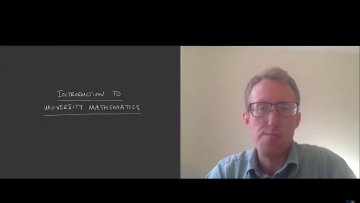10:00
Closest Point of Approach problem
Abstract
Consider an environment with two vehicles/platforms moving at a relative velocity (v). The objective is to predict the Closest Point of Approach (CPA) between the two platforms as defined by the parameters: CPA time (t0), CPA bearing (θ0), CPA distance (r0)[†].The challenge is to identify mathematical operations - either using geometric methods, or by use of tracking algorithms such as Kalman Filters (EKF, UKF), or a combination of both - to estimate the CPA parameters. The statistical errors in estimation of CPA parameters also need to be quantified with each observations at time ti. The signals to be employed are acoustic in nature and the receiver platform has one sensor. The parameters that can extracted from acoustic signals are current relative bearing (θ) and current doppler or range rate (S)
[†]Defined currently using polar coordinate system.


